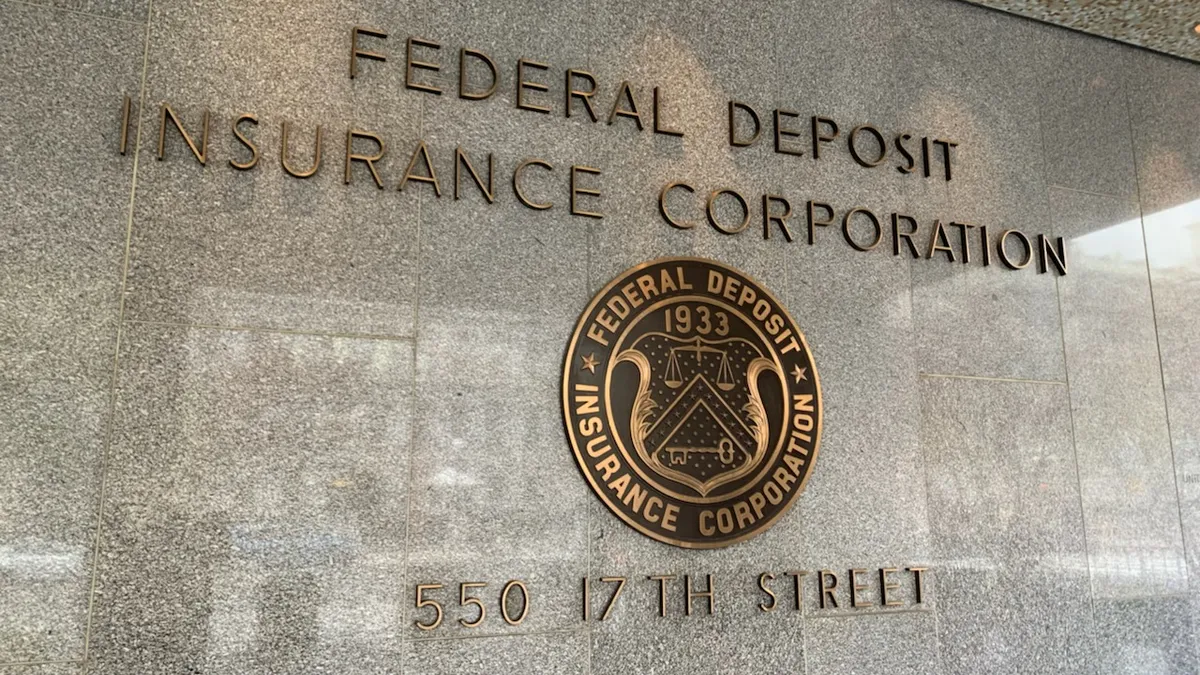At the Federal Reserve’s capital framework conference Tuesday, Morgan Stanley CFO Sharon Yeshaya likened the current web of rules to a room with too many layers of paint to count.
“It feels like an old New York City apartment that they just keep painting over and over and over again. And you’re sorta like, what color was this supposed to be?” she said. “We should strip the paint and we should take a look and say, what are we trying to achieve?”
One of the words mentioned repeatedly during the central bank’s capital framework conference: holistic. As Trump-appointed agency heads pursue change to bank regulation, industry players also underscored the importance of finalizing a Basel III proposal.
The July 2023 capital requirements proposal, intended to align the U.S. with Basel III, introduced overlaps with other requirements that weren’t addressed in the initial proposed rule, Yeshaya said. Instead, considering the framework “more holistically” is essential, she said.
The Morgan Stanley CFO advocated for deciding how much capital needs to exist within the system, and then working through how banks allocate that capital appropriately to risks being run on a day-to-day basis.
“I don’t think it’s about gaming the system,” Yeshaya said. “We’re not trying to bring ourselves down.”
“We need to kind of get past the last 20 years and say that there isn’t an intention to fail,” Yeshaya added, noting that banks endure reviews and challenges, and work to make changes after undergoing stress tests.
The “first-of-its-kind conference” Tuesday brought together industry players, academics, analysts, former regulators and other stakeholders to discuss the elements of the capital framework for large banks and where adjustments can be made, said Michelle Bowman, the Fed’s vice chair for supervision, who orchestrated the event.
The capital framework for U.S. lenders features risk-based capital requirements, leverage requirements, stress testing and the capital surcharge for the biggest, most complex banks. Currently, there are outstanding or in-development proposals on all four, and each was discussed Tuesday.
Banks have advocated for less severe capital requirements because they say it affects lending, while supporters of more robust rules warn weaker regulations could tee up another financial crisis.
As the all-day event wrapped up, Bowman told panelists “we’ll be calling on you, I know, as we’re working on developing some of these ideas and thinking more deeply about some of the thoughts that you all have shared with us today.”
With Trump-appointed heads in place at banking agencies and eager to make adjustments, Matthew Bisanz, a partner at law firm Mayer Brown, said he expects meaningful change to the capital framework.
Tuesday’s event “changed my view that we will see a reproposal of Basel endgame later this year,” he said. “I think that went from being a possibility to being the base case.”
Bank regulators’ 2023 proposal, which would have increased by 19% the amount of capital the largest banks would have had to hold, drew swift industry pushback. That Biden-era proposal was revamped last year, dropping the increase to 9%, although that reportedly faced criticism from both Democratic and Republican regulatory officials. The proposal was effectively shelved with the election of President Donald Trump.
Big bank CFOs, in the conference’s final panel Tuesday, weighed in on potential areas of capital framework reform, calling for transparency, efficiency and a comprehensive approach.
Each of the individual capital rules is “well intended” and designed for safety, Bank of America CFO Alastair Borthwick said Tuesday. If there were only one rule, then some conservatism would be expected.
But the interrelation of the rules becomes “important to us as practitioners, because we’re managing all of them,” said the finance chief of the country’s second-largest bank. In total, these rules tend to get “more conservative, because they’re greater than the sum of the individual rule.”
As banks are faced with capital decisions, whether in stress tests or proposals such as Basel III, there are risk-weight considerations, said U.S. Bank CFO John Stern. When lenders allocate capital to business lines and have to make pricing decisions, “it can really impact how we go to market, how it impacts clients, how it impacts our conversations with clients,” he said. “That’s really meaningful.”
When it comes to regulators’ to-do list, Bisanz noted that capital framework changes may have to take a back seat to stablecoin rules, since the GENIUS Act has rulemaking associated with it, which bank agencies must take action on.






















